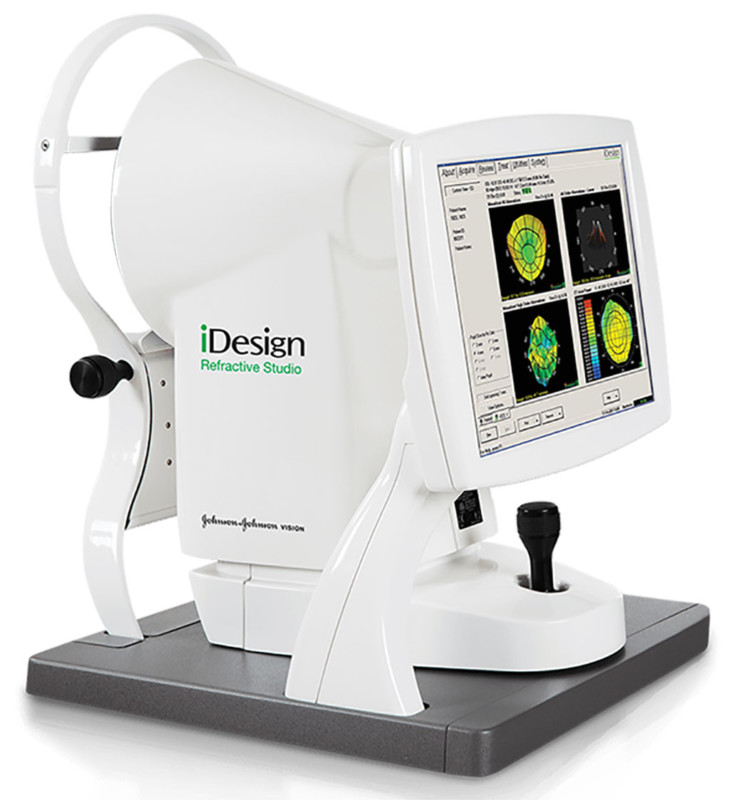Tech Developed to Align JWST’s Mirrors Used to Improve Human Vision

While the James Webb Space Telescope (JWST) has already proven its scientific value with its spectacularly detailed photos, the technology that was developed to align its iconic mirrors is having an effect that is much closer to home.
The enormous and powerful mirrors that capture the light from more than 13 billion years ago were only made possible thanks to a pinpoint process of aligning and measuring that took decades of development. But that technology isn’t limited to just that one use case, and part of the process has been integrated into Johnson & Johnson Vision’s iDesign Refractive Studio, a device that takes precise eye measurements to map imperfections in visual pathways and cornea curvature in the human eye.
NASA says the technology got its start in the early 2000s when Albuquerque, New Mexico-based subcontractor WaveFront Sciences worked with the space agency to develop a system to measure deviations in Webb’s mirrors as they were being ground and polished to precise specifications.
“The mirrors were one of the really critical technologies we needed to develop to enable the observatory,” Lee Feinberg, optical telescope element manager for Webb at NASA’s Goddard Space Flight Center in Greenbelt, Maryland, says.
“We had to polish them in such a way that, when they cool down, they become the mirror shape that we want. We had to match the curvature of one mirror to the next, which was a very challenging problem.”

After the success of that measurement technology, some of the algorithms it made were integrated into a commercial product called the Complete Ophthalmic Analysis System, or COAS, which could diagnose eye conditions by mapping the eye.
That technology found its way into the hands of Johnson & Johnson in 2017 who incorporated it into its iDesign Refractive Studio, which received U.S. Food an Drug Administration approval in 2018.
Described by a Johnson & Johnson executive as “an optical fingerprint unique to each patient’s eye,” the technology is capable of diagnosing eye conditions for individuals.
NASA explains that previously, Lasik eye surgery was based on the limited information of a patient’s eyeglasses prescription, but now thanks to the integration of the JWST technology it can involve more than 1,200 measurements for each individual.
The success of the iDesign Refractive Studio is just one of a multitude of examples of how NASA technology has had a direct impact on the private sector. A full list of examples of technologies that have made it into commercial products and services can be found on NASA’s Spinoff publication.